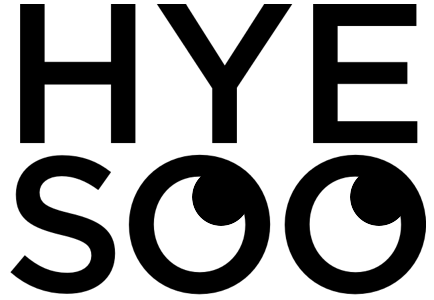Humanizing personal AI in AR - Noa
What’s Noa?
Noa is Brilliant Labs' multimodal AI designed for AR glasses.
It collects visual and audio data from the glasses that connects to the Noa app for access.
My Role and Responsibilities
As the Lead Product Designer, I was responsible for the entire UX design process from concept to execution, defining the AI behavior, and creating a scalable UX system for future growth.
Project Duration
3 months
Imagine your AR glasses don’t just answer questions—they remember.
Noa reminds you to grab a jacket because knows you were cold yesterday. At the end of the day, it doesn’t just transcribe events—it summarizes and gently brings back the moments that mattered, helping you reflect, process, and stay connected to what’s important.
Challenges
We began our project with high ambitions but needed to clarify our direction. Our business goal was to boost user engagement and expand our reach from developers to everyday users, aiming to understand exactly what these users expect from an AI in AR glasses.
My approach & Solution
Embracing this challenge, I designed 7 different product ideas across 2 sprints, partnering with CEO and engineers, helping teams to discover new opportunities and refine our vision.
Our phase 1 solution was to create dynamic prompts & summaries tailored to users’ daily patterns and enhance the core chat interactions for those who prefer typing over speaking in public spaces.
Key AI Problems tackled
The central question was: How do we transform Noa into an assistant that's not only more personal and human-like but also genuinely intuitive? I aimed to make every interaction with Noa feel empowering, like a trusted companion, rather than surveilled.
Designing Noa was about creating an personal AI that understands when to step in, how to surface insights meaningfully, and how to make AI feel intuitive, not intrusive.
So, I started with the current user.
Our current users, mainly hackers and developers, actively shared their questions and projects on our Discord channel.
I analyzed patterns in what users built and wanted—this analysis influenced the two target user archetypes.
Designed dynamic LLM prompts system based on target users’ need
Adaptive Summary design
Dynamic UI
Introduced a flexible and responsive user interface that adjusts to the context of interactions, making technology feel more like a natural extension of the user.
Human drawn illustrations, colors, add more ‘inperfect’ natural tone
Be transparent with data collection
Created content modals that commnunicates transparent data collection and policy.
adding this throughout the flow - brings more transparency







